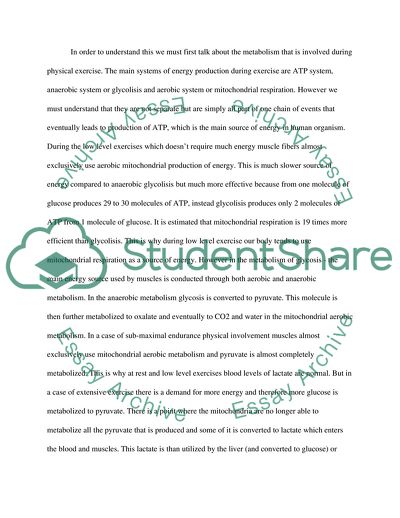Cite this document
(Critical Discussion of the Use of Ventilatory and Blood Lactate Thresh Essay - 1, n.d.)
Critical Discussion of the Use of Ventilatory and Blood Lactate Thresh Essay - 1. https://studentshare.org/health-sciences-medicine/1747959-critically-discuss-the-use-of-gas-exchange-vt1-vt2-and-blood-lactate-threshold-lt-ltp-in-the-evaluation-or-pedicted-performance-training-prescriptions-and-practicality
Critical Discussion of the Use of Ventilatory and Blood Lactate Thresh Essay - 1. https://studentshare.org/health-sciences-medicine/1747959-critically-discuss-the-use-of-gas-exchange-vt1-vt2-and-blood-lactate-threshold-lt-ltp-in-the-evaluation-or-pedicted-performance-training-prescriptions-and-practicality
(Critical Discussion of the Use of Ventilatory and Blood Lactate Thresh Essay - 1)
Critical Discussion of the Use of Ventilatory and Blood Lactate Thresh Essay - 1. https://studentshare.org/health-sciences-medicine/1747959-critically-discuss-the-use-of-gas-exchange-vt1-vt2-and-blood-lactate-threshold-lt-ltp-in-the-evaluation-or-pedicted-performance-training-prescriptions-and-practicality.
Critical Discussion of the Use of Ventilatory and Blood Lactate Thresh Essay - 1. https://studentshare.org/health-sciences-medicine/1747959-critically-discuss-the-use-of-gas-exchange-vt1-vt2-and-blood-lactate-threshold-lt-ltp-in-the-evaluation-or-pedicted-performance-training-prescriptions-and-practicality.
“Critical Discussion of the Use of Ventilatory and Blood Lactate Thresh Essay - 1”. https://studentshare.org/health-sciences-medicine/1747959-critically-discuss-the-use-of-gas-exchange-vt1-vt2-and-blood-lactate-threshold-lt-ltp-in-the-evaluation-or-pedicted-performance-training-prescriptions-and-practicality.


